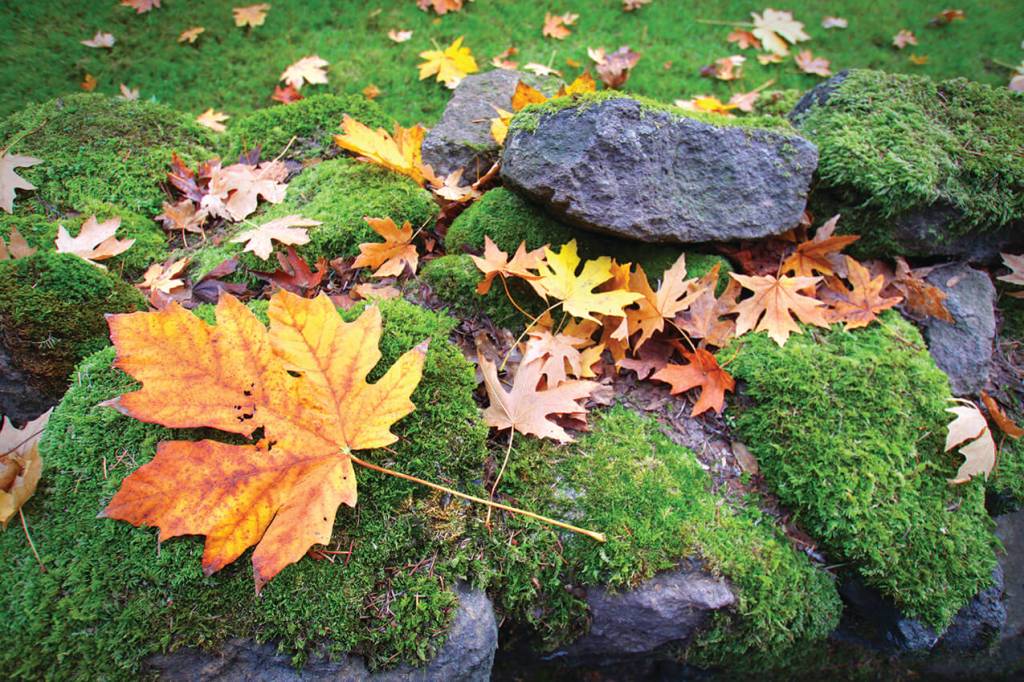A lush, green lawn is a point of pride for many homeowners. Eye-catching landscaping anchored by a healthy lawn is one of the key ways to improve the value and curb appeal of a home.
In fact, the experts at HGTV say an attractive and well-maintained landscape can add as much as 10% to the value of a home. Maintaining a thriving lawn takes effort, and that means recognizing when the green in the yard may not necessarily be coming from soft blades of grass.
Invasive greenery, including moss, can infiltrate a lawn and that can be problematic if left unaddressed. A mossy lawn is a sign that certain conditions are ripe for the moss, but not necessarily the grass, to grow. According to Lowe’s, moss thrives in certain conditions, which should be addressed if homeowners hope to corral it.
Moss does well in acidic soil, more so than traditional grasses. A soil test can confirm if the pH needs to be adjusted to make it more hospitable to grass and less friendly to moss.
Compacted soil and excess thatch can make it easier for moss to take root. These conditions also can make the soil damp and restrict drainage, something that promotes moss growth.
Moss can grow in shady conditions. If patches of the lawn have been overrun by moss, there could be too much shade in the area. Trimming back trees or shrubbery may help; otherwise, homeowners may need to look into hardscape or plants that thrive in such conditions to remedy shady and damp areas on portions of their landscapes.
Moss typically can be removed the same way one would dethatch a lawn. It involves rigorously raking or agitating the lawn to loosen the moss. This can be done by hand with a rake, or in the case of a lot of moss or a large lawn, with a dethatching blade attachment for a lawn mower.
Aerating the soil will help keep moss that was removed from returning. In addition, amending the soil so that it has a more dense nutritional profile by adding compost, as well as improving drainage and adjusting the pH, are keys to keeping moss from returning.
For pesky moss, The Spruce suggests making a solution of one box of baking soda to two gallons of water and spraying this solution on the patches of moss. It is a natural alternative to using chemical products.
Certain sources indicate a glyphosate herbicide could work on moss, but the World Health Organization considers glyphosate to be a probable human carcinogen, and it is prohibited in certain areas.
Moss may be green, but it’s often not the type of green homeowners desire in their lawns. Learning about moss can help when removing it and preventing it in the future.
For more home improvement articles, click here.
Email tvecsey@danspapers.com with further comments, questions or tips. Follow Behind The Hedges on Twitter, Instagram and Facebook.























